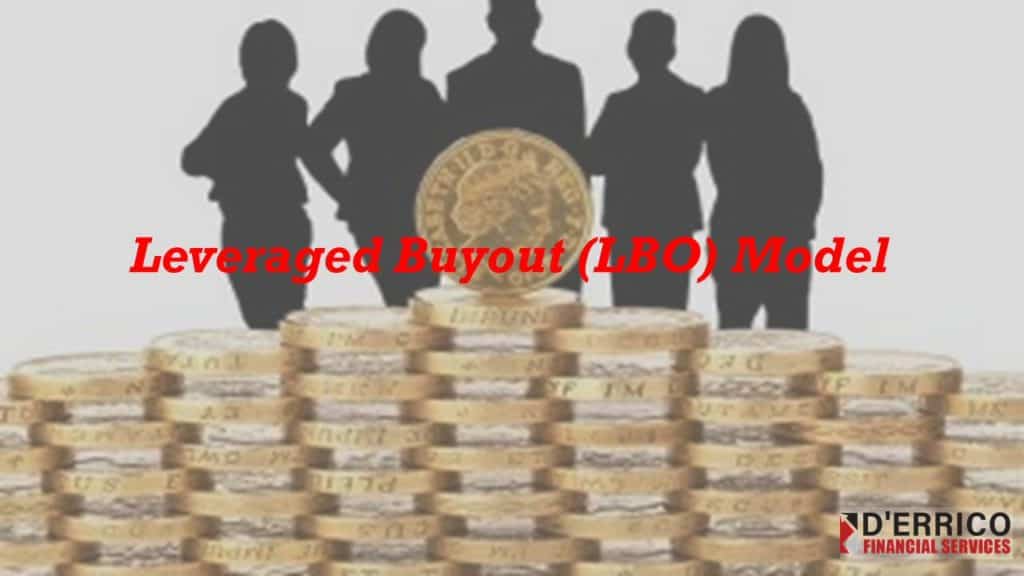Leveraged Buyout Model
- This is a digital download purchase. You will need Microsoft Excel to open and work with this file.
- After purchasing a template with consultation, please proceed to the booking page to schedule your consultation.
Leveraged Buyout Model
The Leveraged Buyout Model (LBO) provides a business valuation of a target company for investment. The Leveraged Buyout (LBO) Model forecasts future equity value and IRR while analyzing a target business for acquisition using an LBO structure. Included in the template you will find:
- The Income Statement, Balance Sheet and Cash Flow Statement
- An Assumptions Section with key drivers for the target company and a 3-scenario analysis
- Supporting Schedules Section for PPE and Working Capital
- Credit Metrics section with a variety of financial ratios regarding debt
- Debt & Interest section highlighting the different debt schedules and repayment
- Levered and Unlevered Free Cash Flows using Discounted Cash Flows method
- IRR and Cash on Cash Multiple Sensitivity Analysis using Entry/Exit multiples and Senior Debt over EBITDA
- Charts and Graphs section highlighting Cash Flow, Debt/EBITDA, Debt Service Coverage and Total Debt
In the Leveraged Buyout Model, first are the Assumptions sections where Assumptions are entered in the cells for the projection periods along with the structure of the deal. All assumptions can be modified to fit specific key drivers of the business to see their impact on the Leveraged Buyout Model (LBO).
Up to 4 years of historical data can be entered into the income statement, balance sheet, and cash flow statement; the following projected years are driven by formulas from the Assumptions section according to the selected scenario in cell G2.
The Supporting Schedules section of the Leveraged Buyout Model consists of all formulas that are tied to the Assumptions and 3 Statement sections so no editing is necessary. The Financing section lists the various debt schedules for the target company along with Use of Funds and the calculation for Goodwill to be used in the Closing Balance Sheet. The next section is the Credit Metrics used to measure different debt coverage markers. The Debt & Interest section lays out each debt schedule and their terms of repayment. This also shows how much cash can be applied as discretionary repayments to pay off debt early.
The Valuation & Returns section of the Leveraged Buyout Model consists of levered and unlevered cash flows based on the Discounted Cash Flow method. Here the Terminal Value is calculated along with the Internal Rate of Return. In the Sensitivity Analysis section, IRR and Cash on Cash Multiple is measured using Entry/Exit multiples and Senior Debt over EBITDA. Lastly, Charts and Graphs are used to display Cash Flow, Debt/EBITDA, Debt Service Coverage and Total Debt.
All cells in blue font are input cells where custom information can be entered. All cells in black font are formulas set to streamline the model. Sections are grouped to condense the model to view sections individually.
"Guiding businesses to achieve financial success through advanced tools and professional advising."
Business Address
5900 Balcones, Suite 4000
Austin, Texas 78731
Business Hours
Monday - Friday
8:00 AM - 5:00 PM










